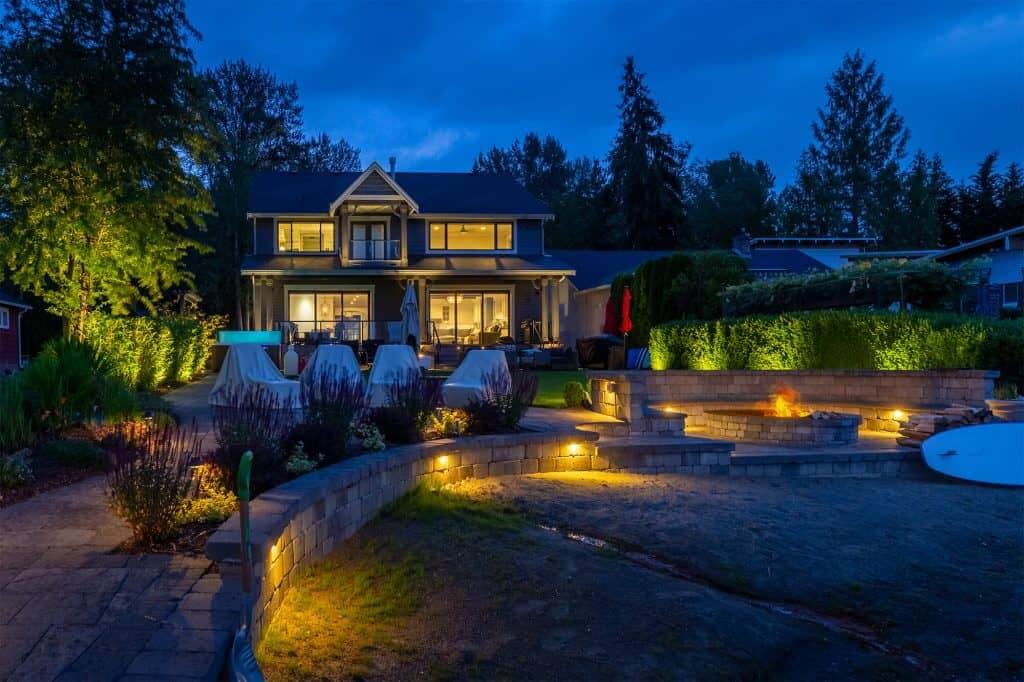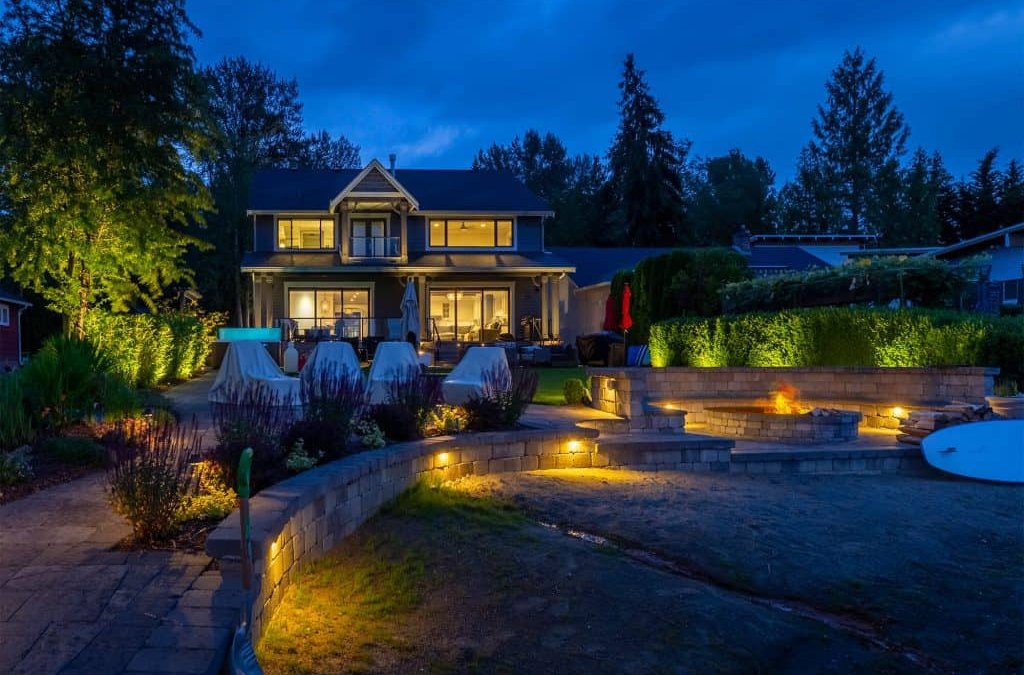
In an era where energy efficiency and environmental sustainability are at the forefront of consumer choices, navigating the lighting landscape has become more complex than ever. While LED lighting has dominated the market for its energy-efficient and long-lasting qualities, there are alternative options that cater to different needs and preferences. This article aims to guide consumers and businesses in choosing the right lighting alternative, considering factors such as cost, energy efficiency, and environmental impact. As, there are number of led manufacturers in market. So, choose wisely!
Understanding the LED Advantage:
LED (Light Emitting Diode) technology has revolutionized the lighting industry with its energy efficiency, long lifespan, and versatility. LEDs consume significantly less energy than traditional incandescent bulbs and have a lifespan that can exceed 25,000 hours, making them a cost-effective and sustainable choice. Additionally, LED lights are known for their instant brightness and ability to be dimmed, providing flexibility in various settings.
Exploring Sustainable Options:
For those looking beyond LED, there are several sustainable alternatives that align with environmental consciousness. One notable option is solar-powered lighting. Solar lights harness energy from the sun, eliminating the need for an external power source and reducing electricity consumption. These lights are particularly useful for outdoor spaces, such as gardens, pathways, and street lighting. While the initial cost may be higher, the long-term benefits in terms of energy savings and reduced carbon footprint make solar-powered lights a compelling alternative.
Another eco-friendly choice is the use of compact fluorescent lamps (CFLs). CFLs are designed to be energy-efficient, producing light by using a phosphorescent coating on the inside of the bulb. They consume less energy than traditional incandescent bulbs and have a longer lifespan. CFLs are versatile and come in various shapes and sizes, making them suitable for a range of applications.
Considering Cost-Effectiveness:
Cost is a significant factor in any decision-making process. While LED lights may have a higher initial cost compared to traditional incandescent bulbs, the long-term savings in energy consumption and replacement costs make them economically viable. However, for those seeking a more budget-friendly option without compromising on energy efficiency, CFLs present a compelling choice. CFLs offer a good balance between cost and energy savings, making them an attractive alternative for both residential and commercial use.
Tailoring Lighting Solutions to Specific Needs:
Choosing the right lighting alternative also depends on the specific needs of the space. For example, businesses that require precise and focused lighting might find halogen lamps to be a suitable alternative. Halogen lamps produce a bright, white light that closely resembles natural sunlight. They are often used in task lighting applications, such as reading lamps and accent lighting.
Incandescent bulbs, despite their declining popularity due to energy inefficiency, can still have a place in decorative lighting. The warm, ambient glow of incandescent bulbs can create a cozy atmosphere in residential settings. However, it’s essential to use them judiciously and consider more energy-efficient alternatives for general lighting needs.
Conclusion:
In navigating the lighting landscape, the key lies in understanding the diverse options available and aligning them with specific needs and preferences. LED lighting continues to be a robust and sustainable choice, offering energy efficiency and longevity. However, alternatives such as solar-powered lights, CFLs, halogen lamps, and even nostalgic incandescent bulbs provide viable options for different scenarios.
Consumers and businesses alike should carefully consider factors such as energy efficiency, cost, and environmental impact when making lighting decisions. By choosing the right alternative to LED based on individual requirements, we can collectively contribute to a more sustainable and well-lit future. Whether it’s the dazzling brilliance of LEDs, the eco-friendly appeal of solar power, or the budget-friendly efficiency of CFLs, the lighting landscape offers a diverse array of choices for every discerning consumer.
Andres Walsh
Related posts
Stay connected
Today's pick
- Safety Essentials Every CNC Operator Should Follow DailyCNC machining demands precision, consistency, and discipline—but above all, it requires strict attention to safety. Whether you’re working with mills, lathes, routers, or grinders, every machine has the potential to cause serious injury if mishandled. That’s why CNC operators must follow safety protocols daily, no... The post Safety Essentials Every CNC Operator Should Follow Daily […]

